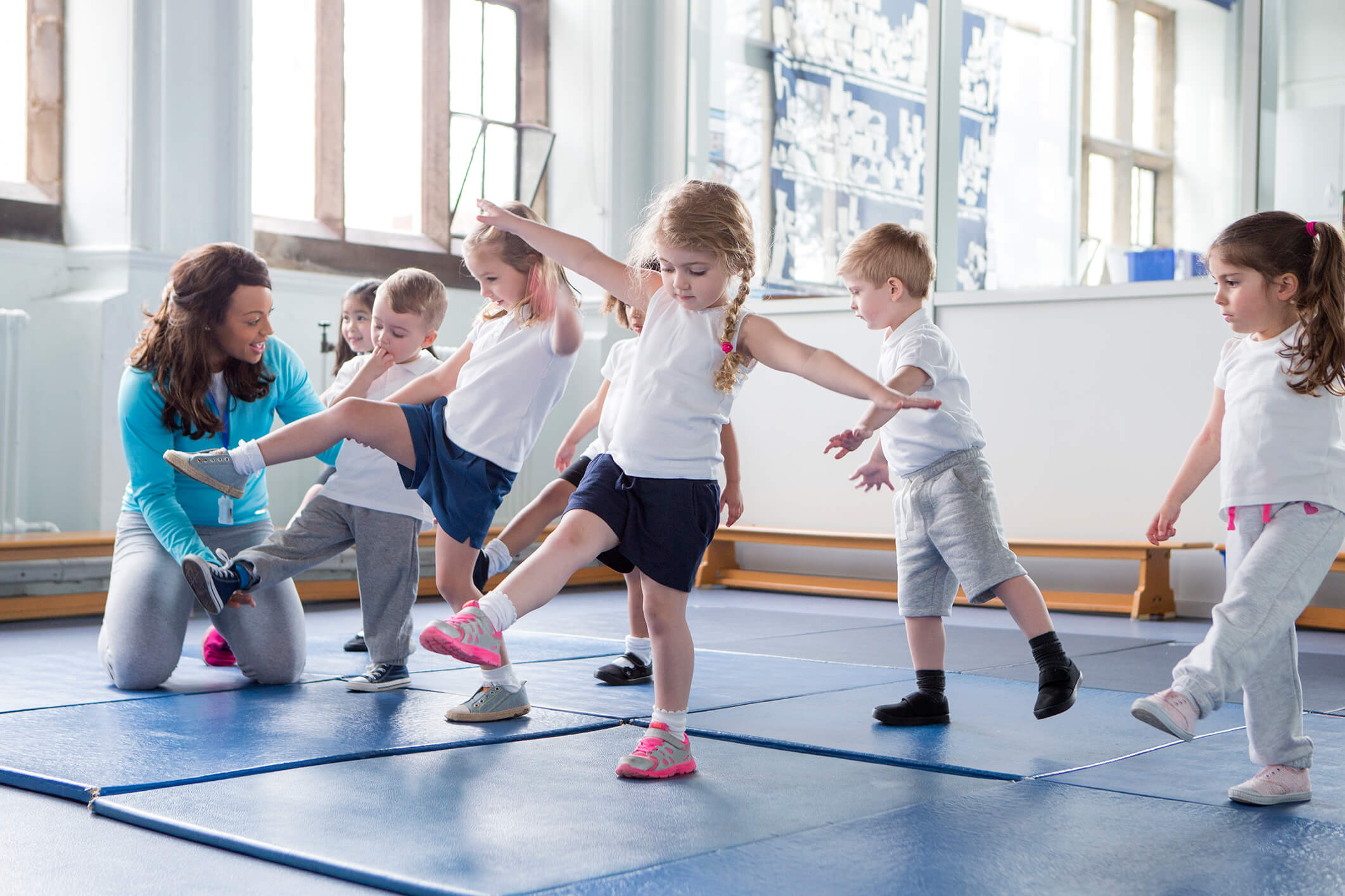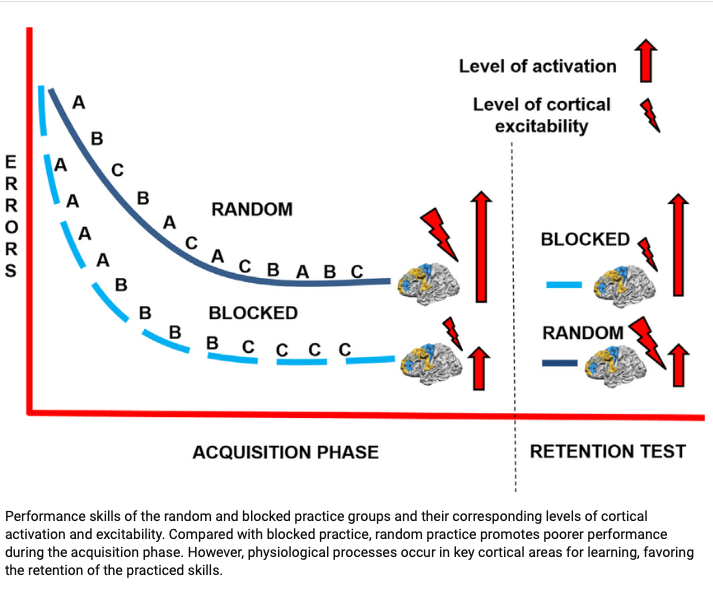
Repetition in and of itself may hold little value in skill retention or performance enhancement. I would like to explore factors that do enhance the learning experience, their relationships to repetition, and the application of both.
Lee, Swanson, and Hall (1991) reminded us that repetition by itself is not what allows a person to acquire or refine skills, but that it provides an opportunity for a person to problem-solve. This event acts as the foundation for their discussion, and a novel learning pathway for the beginner. If movement patterns were the same for everyday life and game situations, then exact repetition would be applicable when coaching. However, there are often control parameters that inhibit the exact replication of a movement in the real world (Magill, 2011). It is these permutations within the task and environment that demand more from the learner, and more from the coach.
If we agree that there are often changes within the environment and the task, then we must also agree that learners have to recognize these changes and adapt their strategies accordingly. Appropriate application of repetition can allow this. Consider that Lee et al. (1991) described a repetition as a platform to problem-solve rather that a means of solution by itself. This concept is important because it changes how we view and define repetition in the context of motor learning. Perhaps a better way to see repetition is that of an “exposure” rather than an event that occurs over and over for the sake of itself.

Lee et al. (1991) used the analogy of addition to explain problem solving verses repetition. Essentially, a person can repeat adding the same numbers, eventually remembering the sum. If, however, different numbers are presented, the learner must cognitively engage in using the rules of addition once again. This event is similar to blocked verses random practice. Blocked practice causes the person to simply remember movements, as it does not require high-level cognition. Random practice however, encourages quick decision making to an environment that is in flux, similar to a gaming event. It allows the person to adaptmovements to the action goal. Thus, it improves their versatility and ability in skill transfer and retention tests (Lee et al., 1991).
Sports and daily activity occurs in a non-linear fashion. Random practice acknowledges this reality and draws the learner into a process of problem-solving and action plan development. Though random practice is more difficult during the initial stages of learning, the research shows higher scores on retention tests and skill transfer when compared to blocked practice (Lee et al., 1991).
References
Lee, T. D., Swanson, L. R., & Hall, A. L., (1991). What is repeated in a repetition? Effects of practice conditions on motor skill acquisition. Physical Therapy, 71(2), 150-156.
Magill, R. A. (2011). Motor learning and control: Concepts and applications (9th ed.). New York: McGraw-Hill.
-Michael McIsaac
